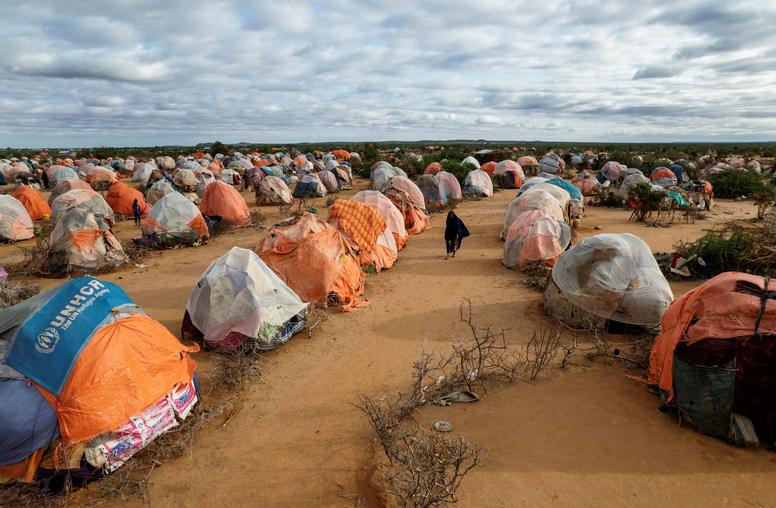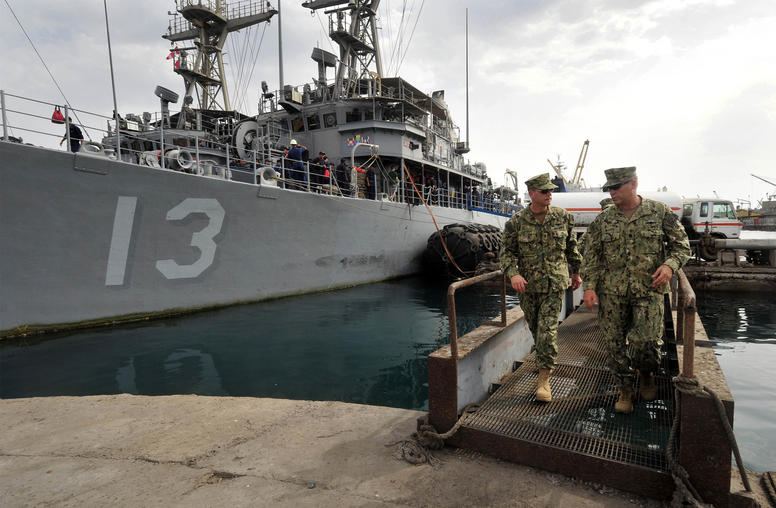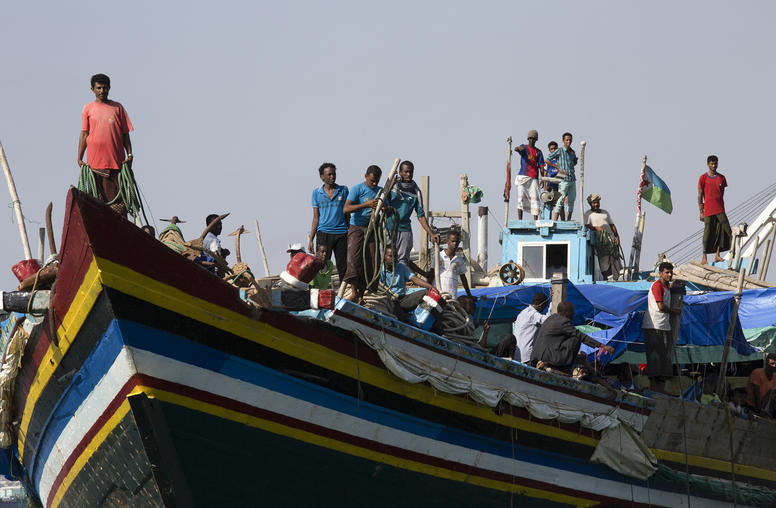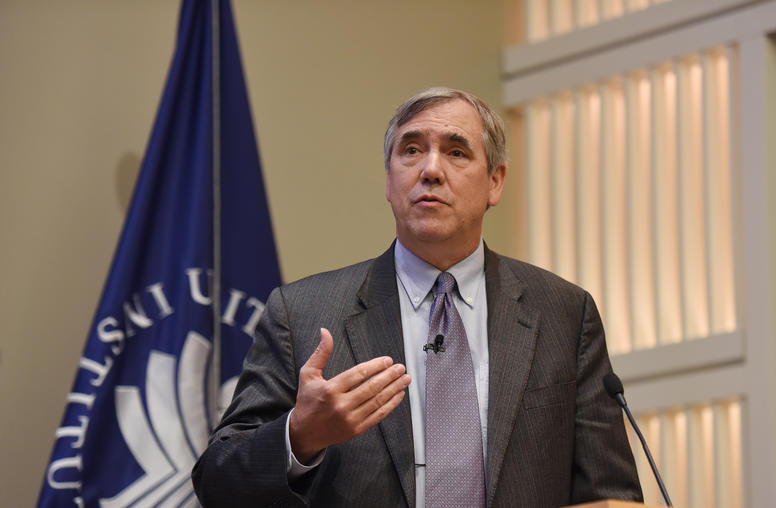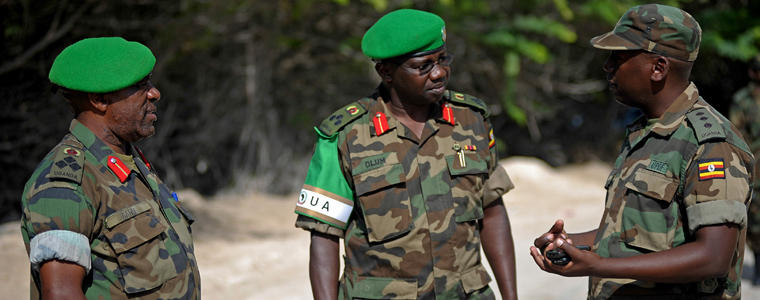
National and international leaders, including the U.N. secretary general and his special representative in Somalia, have called for a surge of African troops to stem the threat of terrorism posed from within Somalia, where the militant al-Shabab is based. But hastily increasing military and counterterrorism efforts risks generating a political backlash, not least by feeding into al-Shabab’s propaganda. History has shown time and again that military approaches do not solve, but rather exacerbate, the challenges Somalia has faced.
Instead, supporters of the fledgling Somali government should prioritize Somalia’s state-making endeavor.
In the Sept. 21 assault a group of heavily armed gunmen killed at least 67 people.. Many details remain to be clarified, and speculation abounds on a number of questions. Which faction within al-Shabab was behind this act of violence? What were the underlying motives?
Interpretations of the attack diverge, not least concerning the question of whether the assault indicates al-Shabab’s waning power and desperation. That doesn’t seem to be the case, even though it’s too early to answer that question with certainty. Al-Shabab’s mosaic of violence already included the Kampala bombings of 2010 that resulted in a near-identical number of casualties; a spate of smaller attacks in Kenya and Ethiopia during the years since; and the June 19 assault against the U.N. humanitarian aid compound in Mogadishu. What the Nairobi attack made forcefully clear is that this extremist movement is neither dormant nor defeated.
To avoid potential pitfalls in any response, the international community needs to come to grips with the assault’s underlying logic and intent, and consider the possibility that the assault was intended, by its timing and framing, primarily to expose and exacerbate the vulnerability of the Somali population.
Rather than being timed to any increase in Kenya’s military engagement in the African Union Mission in Somalia (AMISOM), or to growing international support during summits in London, Yokohama, and Brussels, the terror attack coincided with a renewed risk to Somalia’s financial lifeline. On Sept. 30, Barclays Bank was to close the accounts of Dahabshiil, the biggest of all Somali remittance companies, and others, an action that would have a devastating effect on Somalia’s economy and society. Given allegations that some of these remittances are used to finance al-Shabab, the Nairobi attack increased the risk that accounts used to channel remittances to Somalia would be shut down, because the assault emphasized the negative aspect of remittance flows.
Cutting this financial lifeline would have played into the hands of al-Shabab, whose propaganda centers on the threat posed to Somalis by foreign elements.
Similarly, the framing of the attack exacerbated the vulnerability of Somalis in the region. More explicitly than any of their previous assaults, this one was portrayed in clear religious terms that pitched Christians, who make up the majority in Kenya, against Muslims. Victims cited in news reports said, for example, that the perpetrators escorted Muslims out of the mall at the onset of the attack.
Portraying the assault as part of a larger “clash of civilizations: serves al-Shabab a number of purposes. It sets the group’s struggle in Somalia into a framework of “global jihad,” probably in an attempt to bridge existing gaps between itself and other extremist Islamic movements abroad. Al-Shabab probably also hopes to provoke retaliatory military measures that could feed its propaganda in order to regain the upper hand in its ideological turf war against the Somali government.
To thwart al-Shabab’s likely objective of heightening the sense of vulnerability among Somalis, Kenya in particular and the international community generally should seek to bolster the Somali population with steps such as ensuring the continuation of remittance flows, refraining from undue military retaliation within Somalia, and preventing assaults on Somali communities in Kenya.
Unfortunately, key policymakers quickly bought into a renewed military narrative of fighting al-Shabab. However, this is problematic in two ways. First, such an approach follows from and bolsters the assumption that al-Shabab can be defeated militarily, rather than recognizing the deep political dimensions of this struggle. Second, as important as the fight against this extremist movement is, al-Shabab is a symptom rather than the cause of Somalia’s fragile statehood.
Consequently, the international community should firmly focus on the Somali government and its state-making endeavor. Apart from supporting processes of reconciliation and aiding in the reconstruction of a productive economy, international partners have to get their heads around the puzzle of how to best support their Somali counterparts in reviving a common political identity.
Fractured and constantly shifting identities have not only provided fertile soil for movements like al-Shabab, who have recurrently been able to win the ‘hearts and minds’ of many fellow citizens. The Somali government’s inability to invigorate nationalism also has starved past efforts at reconstructing a viable Somali state. Yet, state-building without nation-building is unlikely to succeed.
A renewed focus on reconstructing a viable Somali state would not only deprive the extremists of breeding grounds – namely state fragility, conflict, and insecurity – but also constitutes the best opportunity to create lasting peace and stability in the Horn of Africa.
Dominik Balthasar is a Trans-Atlantic Post-doctoral Fellow for International Relations and Security (TAPIR) at USIP. He wrote his PhD thesis at the London School of Economics on conflict and state trajectories in Somalia.
